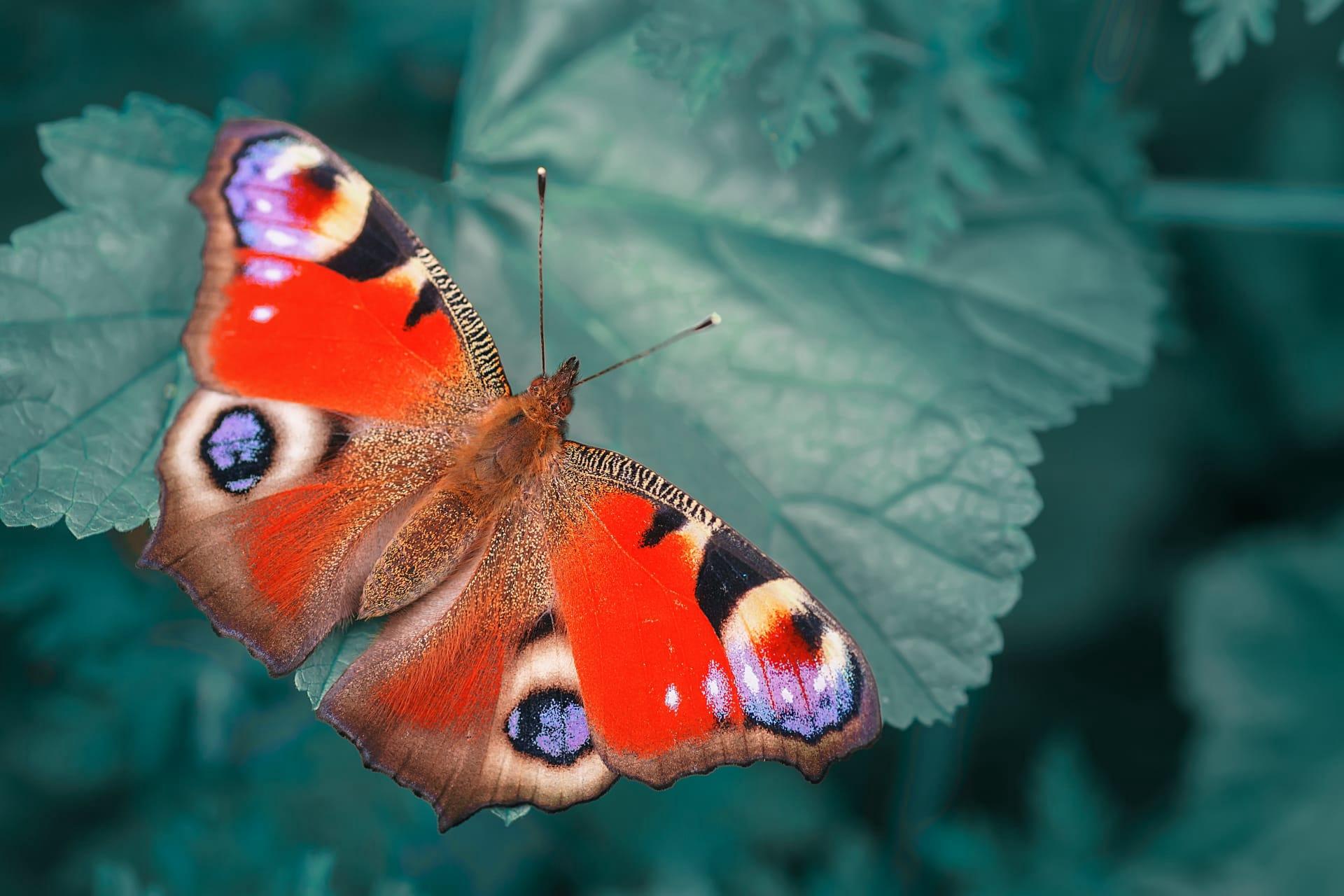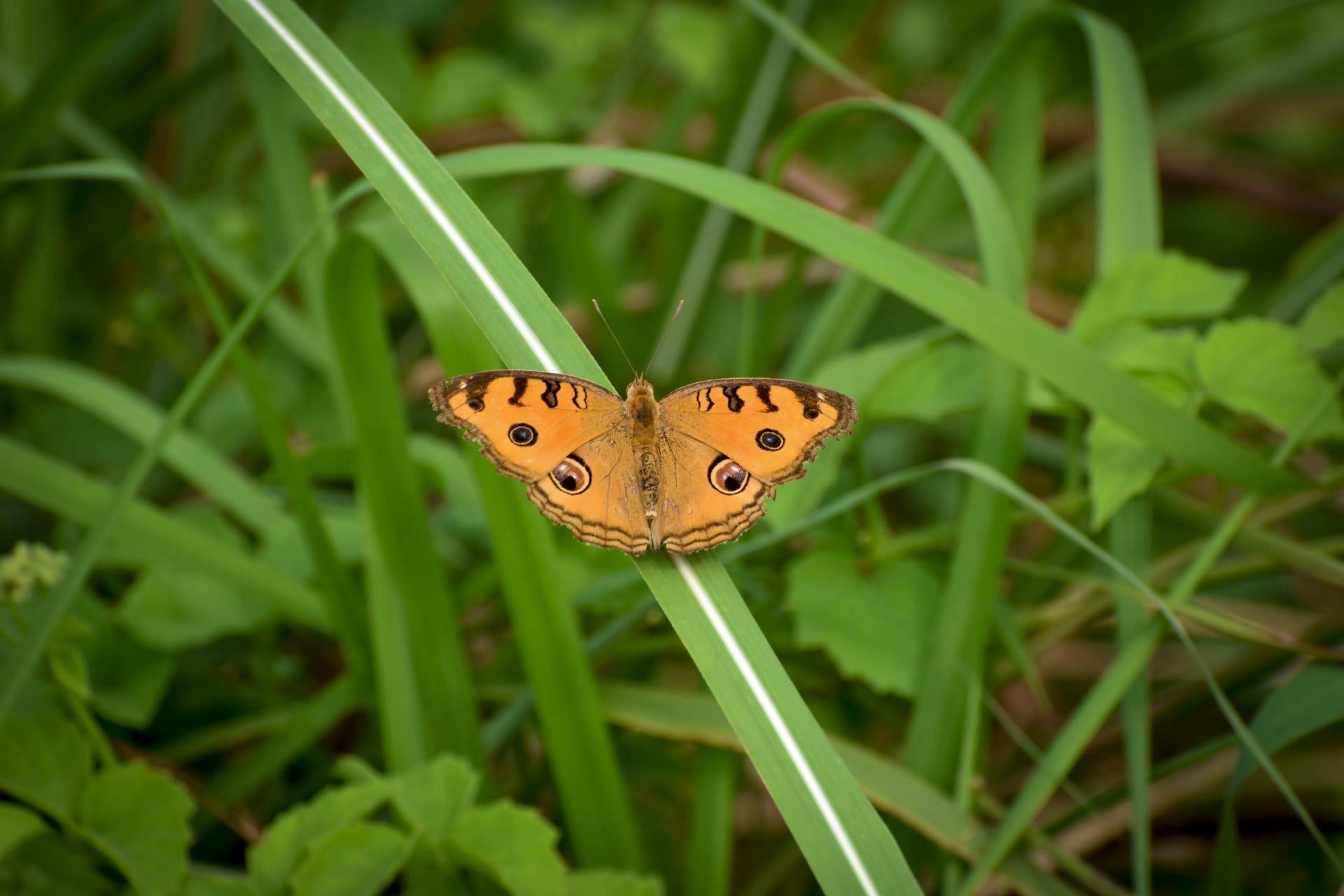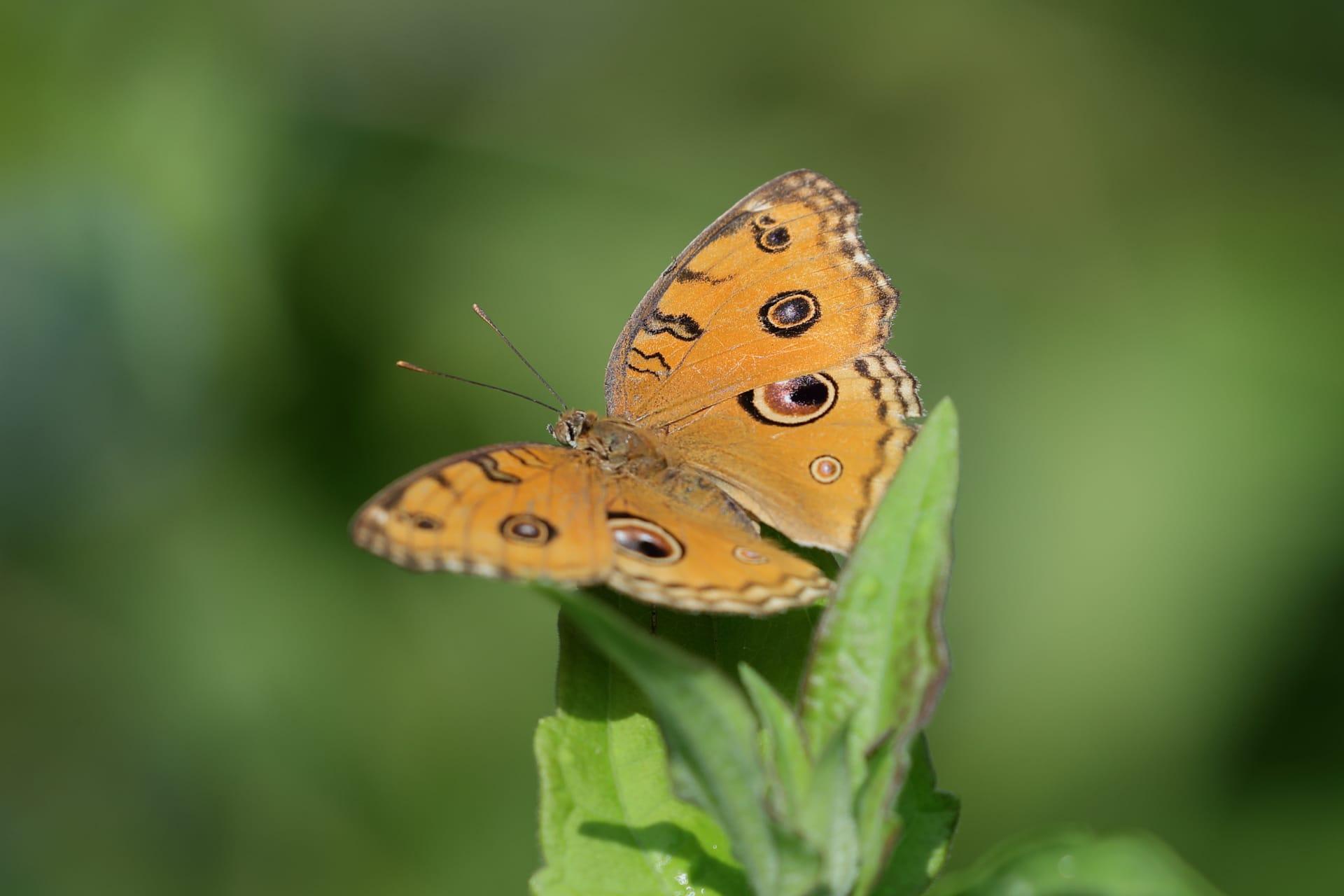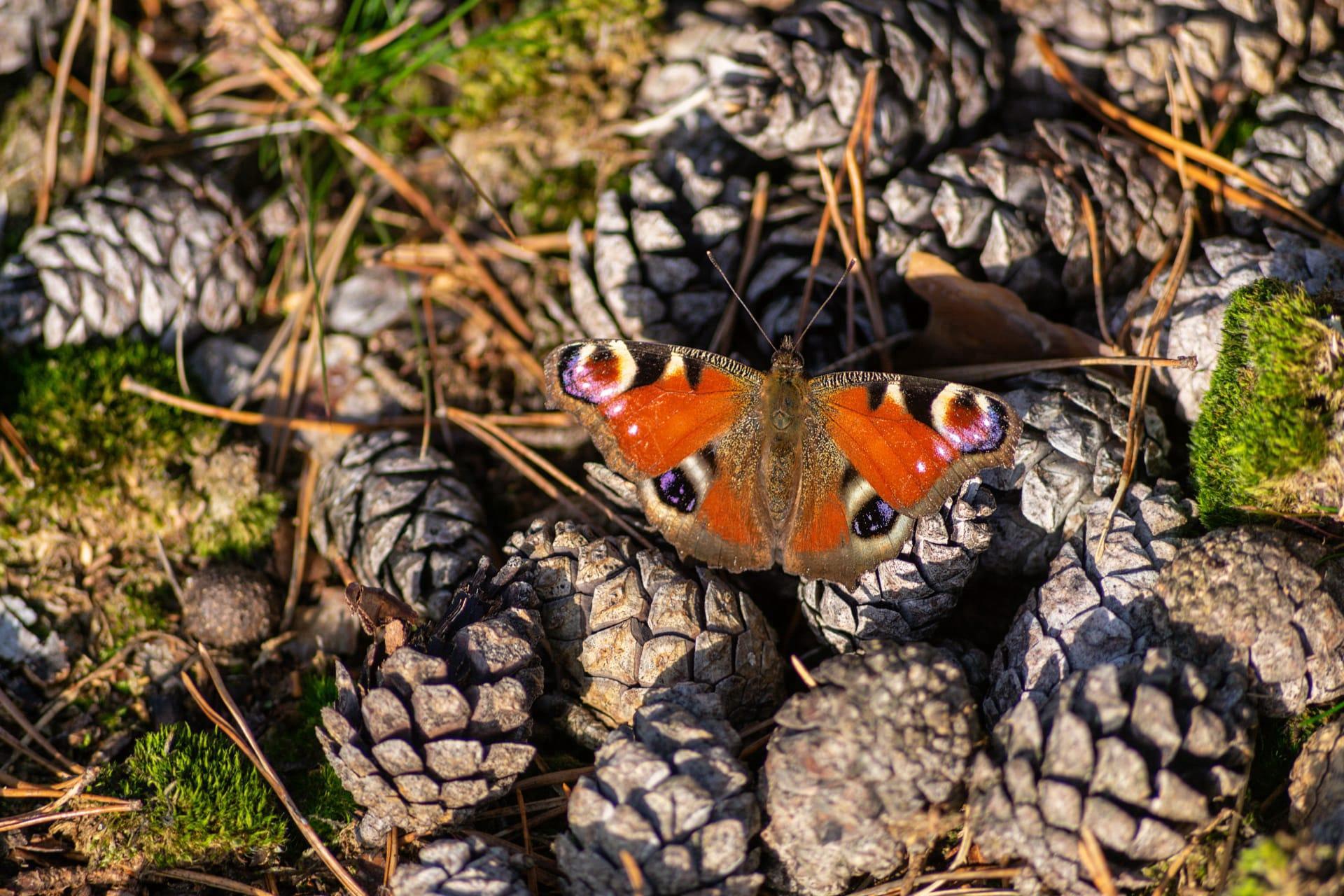Peacock Butterfly Characteristics
- Home /
- Mini Encyclopedia /
- Animal /
- Peacock Butterfly Characteristics
1
The Peacock Butterfly, known scientifically as Aglais io, boasts an impressive wingspan ranging from 2 to 2.8 inches (50 to 70 millimeters). Its lifespan is particularly fascinating, with adults typically living for around 12 months, one of the longer lifespans for butterflies. The most striking physical characteristic of the Peacock Butterfly is its vibrant wings. These wings are not just a visual spectacle but are embedded with ultraviolet patterns visible only in the UV spectrum, which are crucial for attracting mates and warding off predators.
The most distinctive organ of the Peacock Butterfly is its complex eyespots on the wings. These eyespots are not just for show; they play a critical role in survival. When threatened, the butterfly can flash these spots to startle or deter predators, especially birds. The eyespots mimic the eyes of larger animals, creating an illusion of a more formidable creature. Research indicates that these eyespots are remarkably effective in reducing predation, with many would-be predators hesitating or retreating after seeing them.

2
Question: What do Peacock Butterflies eat?
Answer: Peacock Butterflies primarily feed on nectar from a variety of flowers, including dandelions, thistles, and buddleias. They have a specially adapted proboscis, a long, tube-like tongue, which they use to sip nectar. This proboscis uncoils to reach deep into flowers and retracts when not in use. In addition to nectar, they sometimes consume tree sap, rotten fruits, and even the moisture from dung, particularly when nectar is scarce. This varied diet helps them to thrive in different environments and seasons.

3
In terms of movement, Peacock Butterflies are known for their agile and swift flight. They can reach speeds of up to 12 miles per hour (19 km/h). Their flight is characterized by a series of rapid wing flaps followed by gliding, which helps them conserve energy during long flights. This flight pattern also makes them less predictable to predators.
When it comes to feeding, Peacock Butterflies exhibit a fascinating behavior known as 'puddling.' They often gather on wet soil, dung, or decomposing organic matter to extract minerals and nutrients. This behavior is more common in males, as the absorbed minerals are vital for reproductive success. They use their highly sensitive taste receptors located in their feet to find suitable puddling spots.

4
The Peacock Butterfly typically inhabits temperate regions, thriving in woodlands, gardens, and grassy areas. They prefer environments with a rich variety of flowering plants, which provide ample nectar for feeding. These butterflies are also found in orchards and along hedgerows, which offer shelter and additional food sources.
Reproduction is a fascinating aspect of the Peacock Butterfly's life cycle. Females lay their eggs in batches on the underside of stinging nettle leaves, a preferred food source for the caterpillars. Once hatched, the caterpillars live gregariously in large groups, protected by a communal web. They undergo several molts before pupating. The chrysalis stage lasts about two weeks, after which the adult butterfly emerges, continuing the cycle.

5
Book: "The Secret Life of Butterflies" by Peter Marren. This book, published in the UK in the early 2000s, provides a detailed insight into the life of various butterfly species, including the Peacock Butterfly. Marren, a renowned naturalist, combines scientific facts with engaging narratives, bringing the world of butterflies to life. He delves into their behaviors, lifecycles, and the challenges they face in the wild.
Book: "Butterflies: Beauty in Flight" by Monica Russo. Published in the United States in the late 1990s, this book offers a comprehensive guide to butterflies, featuring the Peacock Butterfly among others. Russo, a wildlife educator, presents an easy-to-understand overview of butterfly biology, habitats, and conservation. The book is filled with vivid photographs and illustrations, making it a visual as well as an informational treat.